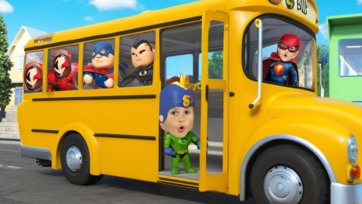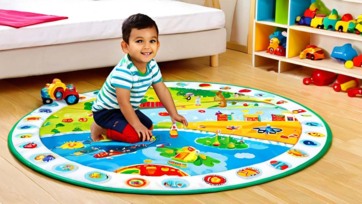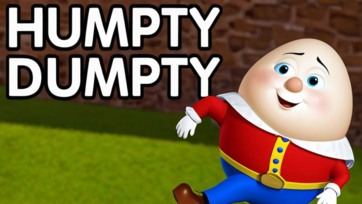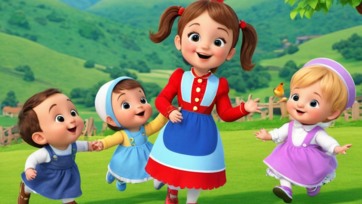The Story Behind “Jack and Jill”
“Jack and Jill” is a timeless nursery rhyme that has entertained children for generations. Its catchy tune and simple lyrics have made it a staple in early childhood education and play. The rhyme tells the story of two characters, Jack and Jill, who go up a hill to fetch a pail of water but end up having a series of mishaps.
The origins of “Jack and Jill” are somewhat obscure, but it is believed to have roots in English folk tradition. The rhyme was first published in the late 18th century, and it has been passed down through generations. The earliest known version appeared in print in 1765, but it is likely that the rhyme existed in oral form before then.
Historical Context
Many interpretations of the rhyme suggest that it may have historical or social significance. Some theories propose that the rhyme reflects a historical event or figures from the past. One popular theory links the rhyme to the reign of King Charles I, where "Jack" could represent King Charles and "Jill" could symbolize his queen. According to this interpretation, the "hill" represents the challenges faced by the monarchy, and the "pale of water" symbolizes their efforts to restore order.
However, there is no definitive evidence to support this theory, and it is widely considered speculative. Another interpretation suggests that the rhyme may be a reflection of rural life in the past, where fetching water from a well was a common task. The falling and breaking of Jack’s crown and Jill’s head could symbolize the everyday accidents and misfortunes that were part of daily life.
Educational Value
“Jack and Jill” is more than just a playful rhyme; it offers valuable educational benefits for young children. The repetitive nature of the song helps with language development, allowing children to practice pronunciation and rhythm. The rhyme also introduces children to basic concepts of cause and effect, as they see how Jack and Jill’s actions lead to their unfortunate fall.
Additionally, the rhyme can be used to teach children about storytelling and narrative structure. By discussing the sequence of events in the rhyme, children can learn about plot development and character actions. The simple story also makes it easy for children to remember and recite, helping to build their confidence in language skills.
Cultural Impact
“Jack and Jill” has had a significant impact on popular culture and has been featured in various adaptations over the years. The rhyme has appeared in children’s books, cartoons, and educational materials. Its familiar tune and engaging story have made it a favorite among parents and educators alike.
In modern times, “Jack and Jill” has also been used in various media, including films and television shows, often with creative twists. The rhyme’s enduring appeal is a testament to its ability to capture the imagination of both children and adults.
Conclusion
“Jack and Jill” is more than just a nursery rhyme; it is a piece of cultural heritage that has been cherished for centuries. Its simple story and memorable tune have made it a beloved part of childhood for many. Whether viewed as a reflection of historical events or simply as a playful rhyme, “Jack and Jill” continues to entertain and educate, proving that some classics never go out of style.






